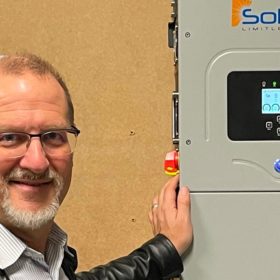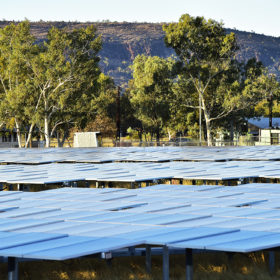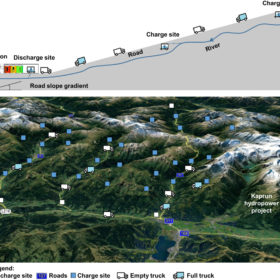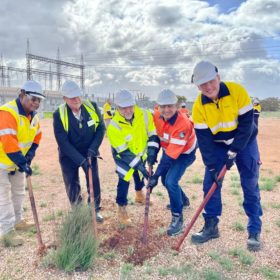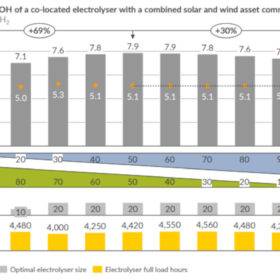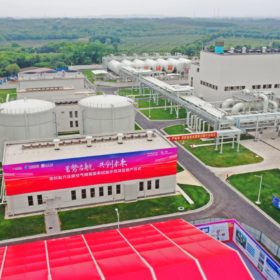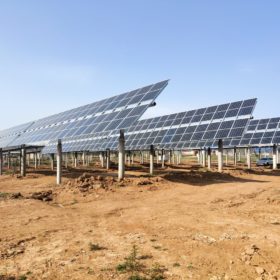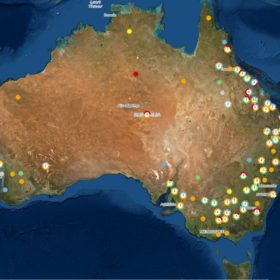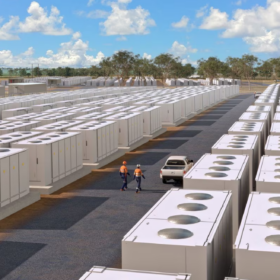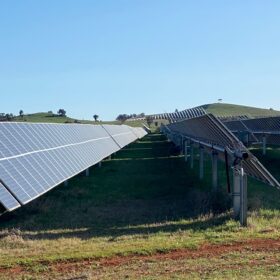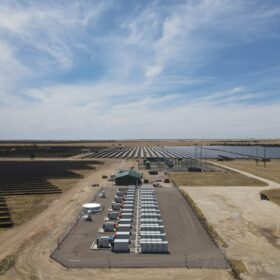Downsizing gallium nitride inverters
A German consortium led by Fraunhofer IEE aims to bring gallium nitride inverters closer to commercial viability. The primary goal of the research project is the optimisation and miniaturisation of inverters, including passive components such as cooling systems, casings, and mounting structures.
Redflow announces integration with US inverter company
Australian redox-flow battery specialist Redflow has upped the ante on its plans to expand into the United States market, announcing it has completed testing that will pave the way for its battery energy storage system to be used in conjunction with hybrid inverters manufactured by United States solar engineering company Sol-Ark.
Outback VPP trial to offer glimpse of renewables-dominated future
With some of the highest rooftop solar PV penetration in Australia the outback town of Alice Springs will soon play host to the Northern Territory’s first resident Virtual Power Plant with the project partners exploring how best to bolster the reliability of the local grid and pave the way for the increased penetration of renewable energy.
Floating solar, tidal energy plant goes online in China
CHN Energy has linked a 100 MW floating PV plant to an existing 4.1 MW tidal energy system in China’s Zhejiang province. The tidal power station was commissioned in 1980 and is the fourth-largest system of its kind in the world.
Storing hydropower via regenerative braking in electric trucks
An international research team has proposed the use of water from high-altitude rivers and regenerative braking in electric trucks to store electricity for reuse in power networks, or for transport purposes.
Transgrid announces milestone for $2.3bn interstate transmission project
New South Wales transmission network owner Transgrid has commenced construction on its section of the $2.3 billion Project EnergyConnect, the high-voltage electricity transmission interconnector that will link power grids across three states, unlocking gigawatts of planned renewable energy projects.
Green hydrogen price may drop to $7.5/kg by 2025
Aurora Energy Research says in a new report that maximum green hydrogen project profitability could be achieved when solar and wind power plants are combined with electrolysers.
China’s first salt cavern for compressed air energy storage goes online
Huaneng Group has finished building a 300 MWh storage project in Changzhou, in China’s Jiangsu province. The state-owned company has already started operating the facility, which is situated in a salt cavern.
Trina Solar’s pathway to TOPCon
Trina Solar will eventually start selling TOPCon and heterojunction products, even though it built its first large-scale TOPCon project four years ago. The company says it is now making progress on TOPCon module production, despite supply chain issues.
Australian solar projects catalogued by global mapping tool
United States-based data company Global Energy Monitor has launched a new open-source tool that lists Australia’s large-scale solar plants alongside those from another 147 countries.

